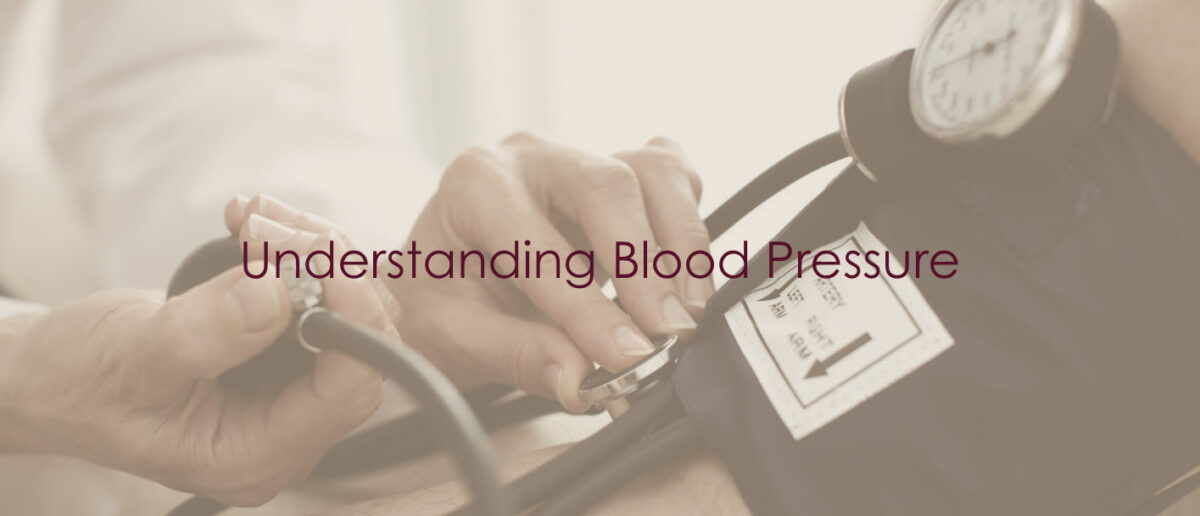Todays post is about understanding blood pressure and the readings.
Scott recently purchased a machine called a sphygmomanometer, also known as a blood pressure monitor. There are several types of sphygmomanometers. 2 of the most common are – the manual device and an automated device. Scott now has both.
The purchase of these devices led to a discussion on what the terms and numbers mean. Here is what I found out.
What is meant by ‘blood pressure’?
It is actually the pressure of the blood against the walls of the arteries as the heart pumps it around the body. The pressure against these walls changes as the blood is pumped around the body
A person’s blood pressure actually varies from day to day, even moment to moment, depending on what they are doing. Ideally a person’s blood pressure would be highest in the early morning directly after waking and decreasing during the day. For most people, the opposite is true due to daily stress.
What does the reading mean?
The blood’s pressure is measured in ‘mmHg’, which refers to millimeters of mercury. This term originates from Mercury manometers, which were the first accurate pressure gauges.
There are two measurements taken – Systolic Blood Pressure (SBP) and Diastolic Blood Pressure (DBP). They are the most commonly reported measures in clinical practice and research studies.
The highest reading is the systolic, and the lowest reading is the diastolic. Usually recorded as 2 figures — highest over lowest or systolic over diastolic.
Systolic blood pressure is the amount of pressure the heart needs to create to pump the blood around the body.
Diastolic blood pressure is the pressure created when the heart is pulling the blood back from the body.
What is a ‘healthy’ reading?
Medical professionals consider a healthy blood pressure range is higher than 90/60 mmHg but lower than about 140/90. Ideally normal blood pressure has a Systolic reading under 120 mm Hg and a Diastolic reading under 80 mm Hg.
What does it mean to have a high pressure?
High blood pressure is when the blood pressure is permanently higher than normal.
It is possible to have high blood pressure without knowing, as there are no obvious signs or symptoms. High blood pressure is one of the main risk factors for heart disease, especially heart attacks and strokes. This condition is manageable however, with some simple changes to lifestyle, such as eating a heart healthy diet and exercising more.
What about low pressure?
Low blood pressure does not cause any problems for some people. Regular medical examinations will identify if a person has continually low pressure.
A sudden fall in pressure however, can be dangerous. A change of just 20 mm Hg — a drop from 110 systolic to 90 mm Hg systolic, for example — can cause dizziness and fainting when the brain fails to receive enough blood. Big drops in pressure, such as those caused by uncontrolled bleeding, severe infections or allergic reactions, can be life-threatening.
‘Hypotension’ or ‘orthostatic hypotension’ is a particular type of low blood pressure condition. In this condition, a person’s blood pressure is normal when they are sitting or lying down, but it drops suddenly when they stand, making them feel dizzy or lightheaded. This can also occur when standing too long without moving.
This condition is fairly common in older people.
Blood pressure – high or low, are important markers of general health. This is why it’s important to have your pressure checked regularly by a health professional.
I hope that this post has answered any question you may have had about blood pressure.
Till the next post,
Live clean n prosper
(Sources – National Centre for Biotechnical Information, Wikipedia, Heart Foundation, Health Direct )



